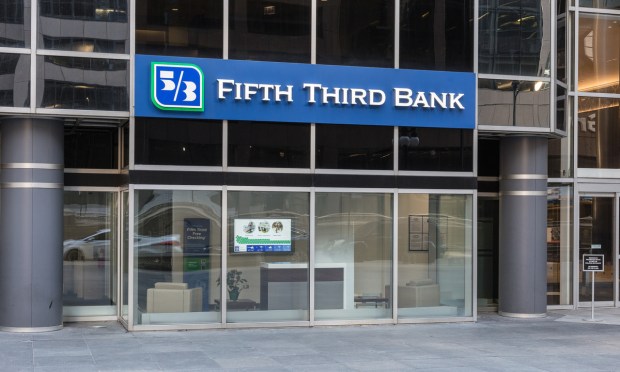Regional Banks Cut Back on Lending to Preserve Capital

Regional banks across the United States are reportedly deciding to cut back on lending in order to preserve capital and improve margins.
Banks are unloading low-yielding bonds and loans or letting them mature and not replacing them in order to raise the average interest rates they earn on their assets, The Wall Street Journal (WSJ) reported Monday (July 24). This improves the margins they earn on lending and investments. This move has the potential to stabilize a bank’s earnings’ performance in the near term.
Cutting back on lending also helps these banks preserve capital, according to the report. Furthermore, loans are particularly attractive to cut back on due to government rules that require them to be weighted much more heavily than bonds in calculating how much capital a bank must hold.
“When we talk about an RWA [risk weighted assets] diet, where other people talk about balance sheet optimization, what we’re really saying is tightening credit supply and higher risk spreads, right?” Fifth Third CEO Tim Spence said in the report. Similarly, KeyCorp CEO Christopher Gorman said: “Right now, what we’re doing is we’re scrutinizing every portfolio we have in the bank.”
M&T Bank Chief Financial Officer Daryl Bible said it was prudent to keep extra capital for now “as we get more information from the rules that come out from the regulators.”
The Federal Reserve is soon expected to propose a swath of tougher new capital rules which could require many banks to either add more capital or shrink to improve their ratios, according to the report.
While cutting back on lending has these benefits for banks, it could affect customers and ripple through the economy, causing issues with car dealers, homebuyers and big-city office districts, the report said.
This report comes at a time when regional banks are doing better than they were three months ago in terms of deposits, but still facing a variety of pressures.
Second quarter results showed that many regional lenders’ deposits were stable or higher than they were in the fourth quarter, the WSJ reported Friday (July 21). Three months earlier, at the end of the first quarter, regional banks’ reports showed that customers had been pulling their deposits.
